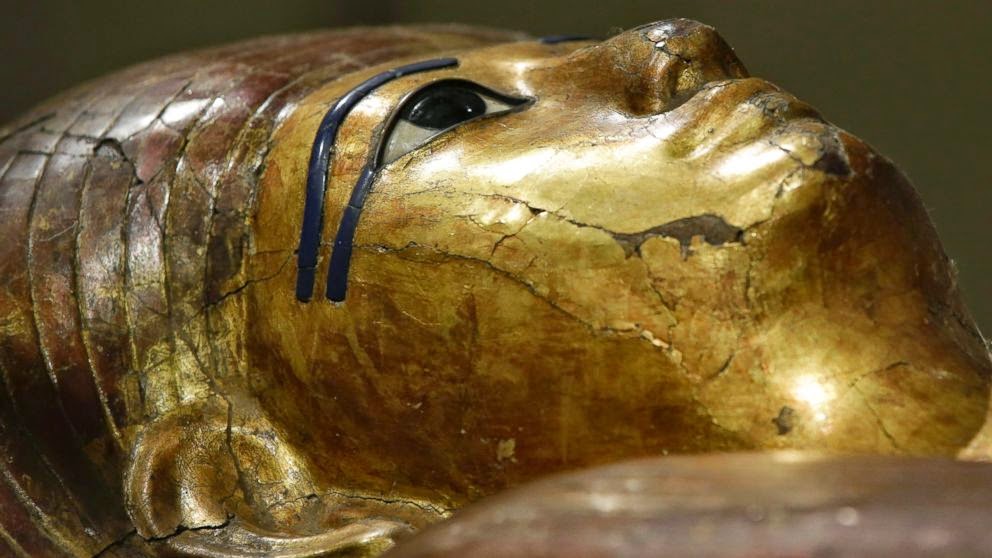The Great London [Search results for architecture]
The London Architecture

Iraq: Reports of third ancient site looted by IS militants

More Stuff: Turin Egyptian Museum gets overhaul of pharaonic proportions

UK: Norman castle remains found under Gloucester prison

Modern Housing Complex in London

Turkmenistan: 'Court and Cosmos: The Great Age of the Seljuqs' at the Metropolitan Museum New York

The Immaculate Inception, or Welcome to the Dream!
